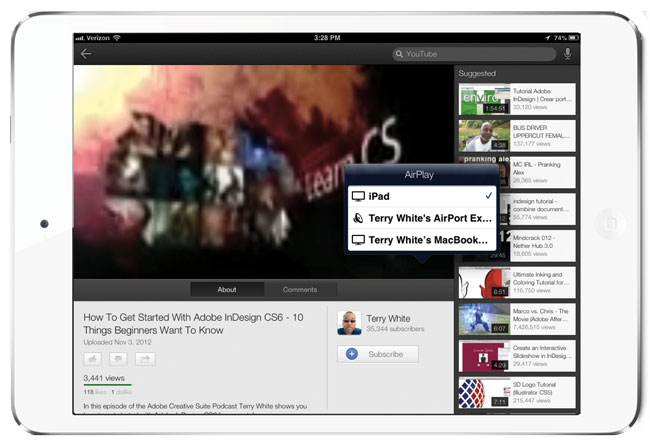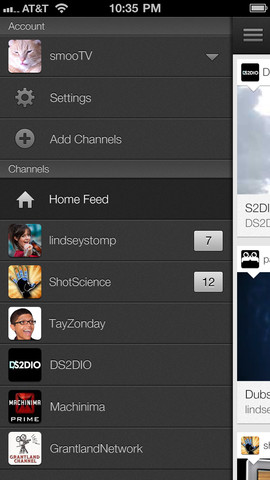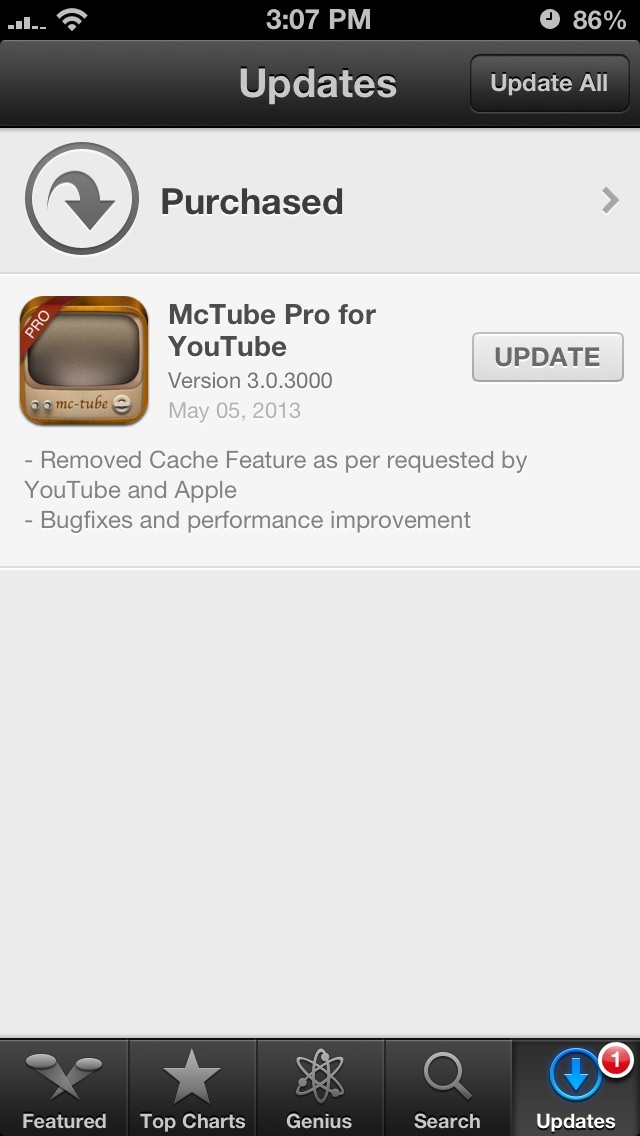Since its inception in 2007, YouTube has been integral to the iPhone experience. While Apple itself, not Google, wrote the built-in program, Cupertino a year ago made the decision to pull it from iOS, citing expired license.
And in doing so, Apple has inadvertently helped triple the Internet giant’s mobile ad revenue in the last six months alone, Bloomberg reports. As you know, Google shortly after filled the gap with its own downloadable YouTube software which cleverly incorporates advertising, unlike Apple’s ad-free experience…
Bloomberg explains the increased revenue adds an estimated $350 million to the bottom line, amounting to approximately 2.5 percent of Google’s income.
YouTube VP of Sales, Lucas Watson, acknowledged as much, saying the commercial side of the biz has “exploded.”
“It’s a huge part of our business,” he said, “and we know that’s where it’s headed.”
Google says about a quarter of YouTube’s one billion global users now access the service via mobile devices. Per Nielsen, more than half of U.S. smartphone owners used YouTube mobile apps in March 2013. Specifically, at least 70 million people were on the app in March, up 42 percent from a year earlier.
Knowing that iOS devices account for an Ooyala-estimated two-thirds of all mobile video viewing, it’s easy to see how replacing Apple’s ad-free stock YouTube experience with Google’s ad-enabled version contributed to such a substantial jump in YouTube’s mobile ad sales.
All told, YouTube generates an estimated ten percent of Google’s total revenue. And how exactly did Google increase YouTube’s sales by such a large margin? Easy, mainly by enforcing new rules on third parties.
You see, Google is increasingly clamping down not only on apps that cache YouTube videos, but on entire platforms which give users ad-free YouTube experience.
Case in point: the firm recently sent Microsoft a cease and desist letter asking it to remove the YouTube app from the Windows Phone store. In case you missed it, Google took issue with Microsoft’s version because it didn’t have ads.
The two companies later said they had resolved their differences and confirmed they were “working together to update the new YouTube for Windows Phone app to enable compliance with YouTube’s API terms of service, including enabling ads.”
Google also requested that the makers of the popular YouTube iOS client MCTube Pro remove caching, a feature which lets users save videos for offline viewing, as seen above.
In both of these instances, Google’s primary interest was to ensure that users are only able to stream videos – with ads all over the place.
And boy did it succeed!




